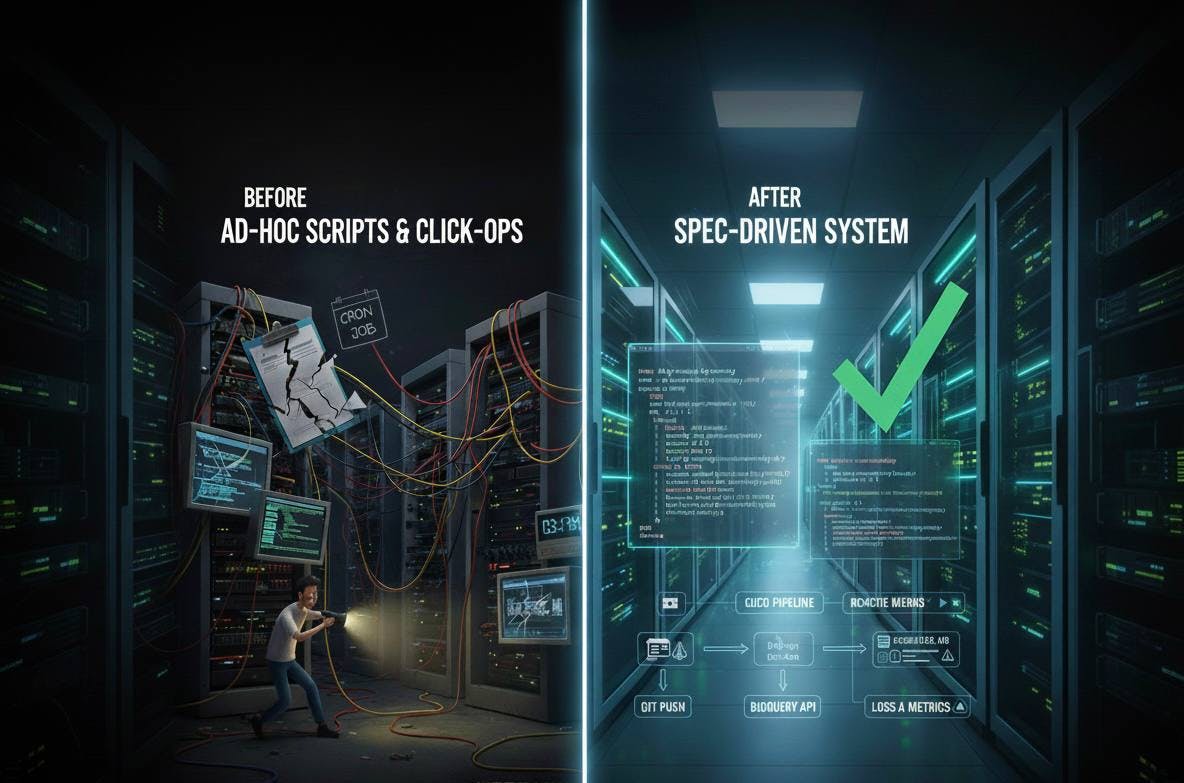Table of links
Abstract
1 Introduction
2 Is an ethnographic study the right choice?
- The context of your research
- The kind of research questions you want to answer
- What ethnographic studies require from the researcher
3 Planning an ethnographic study
- Finding a site for field work
- Participant or non-participant observation
- Duration of field work
- Space and Location
- Theoretical underpinning
4 Implementing your ethnographic study
- Gaining access and starting up
- Handling your preconceptions
- During the study
- Going Native
- Leaving the field
5 From Data to Text
- Reflective and inductive analysis
- Writing Ethnography for Software Engineering Audiences – Reporting the Results
6 Ethnography and Research Ethics
7 Final comments, Further reading and References
6 Ethnography and Research Ethics
As part of ethnographic field work, the researcher tries to become part of the real world environment that he or she researches. This means that the researcher will get to know about aspects of the team members’ work and life that potentially can lead to harm when exposed in the wrong contexts. Reflection on research ethics therefore needs to be an integral part of ethnographic research. In many universities empirical research designs need to be approved by an ethics board. These boards might have diverging requirements from the considerations below. In some aspects they might ask for more measures for assuring ethical implementation of the research design, in some aspects the considerations below might appear more rigorous. Our discussion addresses what we think is needed to act ethically and responsibly as an ethnographic researcher in an industrial software engineering environment. As empirical software engineering researchers, we often cooperate with project teams or IT departments that are part of a company. As both the cooperating team and the management can be expected to read our articles, the results of the ethnography in itself might lead to problems for the team or department in the organisation. Lucy Suchman argued in her seminal article ‘Making Work Visible’ [59] that the presentation of how work actually takes place in an industrial environment can, on its own, be a highly political act. However, the company itself can also face negative effects of the research.
In ethnographic research, ethics is not only about the effects of the research when published. How the researcher acts in the field and how their loyalties are perceived, will affect the trust of the software team or project they are working with. How ethical issues are handled needs to be part of the planning of a research project. The researcher needs to reflect on the impact of the research on different levels:
• The individual team member might face repercussions if it becomes visible that they do not work in adherence to the project’s or the company’s methods or policies.
• The software team could be affected by having their internal work practices exposed.
• The relationship between team and management might suffer, if the team perceives the researcher as a control agent reporting to management.
• The company could suffer from exposure of internal work practices, e.g. with respect to the reputation and, through that, trust of customers and investors. Further, the exposure of the plans and development of innovative services might diminish the competitive advantage the company tried to achieve.
Although it is often possible to anonymise the company and the project to the wider audience and abstract from the specific software developed, the anonymisation of the identity of the team and of team members with respect to the company organisation might not be possible. Handling your relationship with the individual developers, the team, and the company in a responsible manner therefore needs to be addressed in a number of ways. The researchers, one way or another, need to acquire informed consent. This means that team members are aware of the researcher and the research interest. They are aware of how the data collected will be used, who has access to it prior to publication and how the use of direct citations or observations will be communicated to them before disclosure inside the company or publication of research results. Informed consent might be achieved by asking the team members to sign a document. It also can be achieved by the researcher presenting themselves and detailing these topics, for example at the beginning of a team meeting or through an e-mail. Prior to publication and prior to the management clearing publication from a NDA point of view, citations of team members and the presentation of their behaviour need to be member-checked with the individual team members. This has two purposes: to make sure that the researcher understood situations and behaviour in an adequate way; and to allow the individual team members to control what is disclosed about their behaviour to management. To this end, it is common to create excerpts from the analysis section of publications or theses and share them with the relevant team members.
Open negotiation and communication about how findings are revealed to both the management and the academic public, is crucial for trust between team members and researchers. In many cases, the company’s management itself is not interested in being perceived as using researchers to ‘spy’ on their employees. In one of our projects, the management of the company took up the issue by asking in the beginning of the collaboration, whether we researchers plan to act as a modern version of the ‘time and motion’ recorder. In a Tayloristic approach to the organisation of industrial production, researchers recorded the time it took for the individual operations of an assembly. The ‘time and motion recorder’ since then has become a symbol for control in many European countries. The discussion that followed this comment from our collaborators helped us to clarify the role of the researchers. Further, it is important that the management is aware of the commitment of the researchers to not disclose findings if the employees and the team disagree.
sclose findings if the employees and the team disagree. In some cases, especially when combining ethnographic research with action and design research, the researchers might consider co-authoring research results together with (some of) the involved practitioners. This requires the contents, conclusion, and structure of the publication to be discussed with the relevant practitioners. During the writing process, the researchers should then as much as possible involve the practitioners, so that all authors agree on the text, especially the findings and conclusions. Non-Disclosure Agreements and contracts handling Intellectual Property detail the procedures to make sure the interests of all parties are considered before results are published. Most collaboration agreements between companies and universities include procedures for review and acceptance of publications containing the research results. However, we recommend taking up this topic with the company contact early and discussing any aspects of the project that can become critical for the company if disclosed. Some companies might prefer to not be mentioned by name in the article, although a sufficient description of the research context may result in identification anyway, e.g. describing the collaborator as “a large multi-national telecomms company based in Finland” suggests only a few possible companies. Sometimes certain aspects of the software under development and the project could provide information competitors could use to harm the company. In most cases, the researchers can find ways to disguise critical information.
Ethnographic research is sometimes used as a first step in action or design research. In such cases, we recommend extending the established practices to handle relationships with the developers, the team and the company to the other research activity. Dittrich et al. propose designing their participatory action research approach in a way to keep the members’ perspective throughout the action research cycle.
Review your ethnographic study design from a research ethics point of view and revise it based on the issues discussed in this section.
:::info
Authors:
- Yvonne Dittrich
- Helen Sharp
- Cleidson de Souza
:::
:::info
This paper is available on arxiv under CC by 4.0 Deed (Attribution 4.0 International) license.
:::










